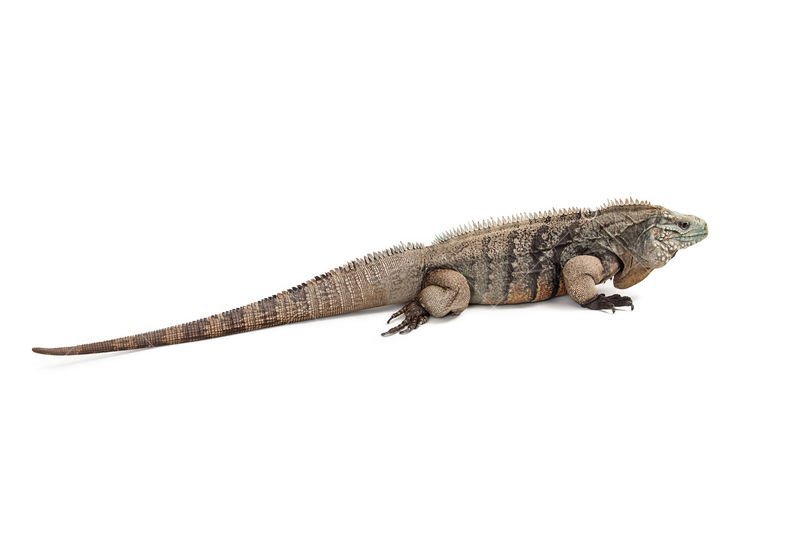- You have no items in your shopping cart
- Subtotal: $0.00
Cayman Blue Iguana: A Fascinating Endangered Species
Native to the Cayman Islands, the Cayman blue iguana is a stunning and unique reptile that has captivated the attention of scientists and animal lovers alike. Unfortunately, this species is also critically endangered, with fewer than 200 individuals remaining in the wild. In this article, we will delve into the fascinating world of the Cayman blue iguana, including their physical characteristics, habitat, behavior, and conservation efforts.
The Cayman blue iguana is a large reptile, reaching up to five feet in length and weighing up to 20 pounds. They have a distinctive appearance, with bright blue skin and a long, slender tail. Their skin is covered in scales, which help to regulate their body temperature and protect them from predators. They also have sharp claws, which they use for digging and climbing.
Habitat
The Cayman blue iguana is native to the Cayman Islands, specifically Grand Cayman and Little Cayman. These islands are located in the Caribbean Sea and are part of the British Overseas Territory. The iguanas can be found in a variety of habitats, including dry forests, rocky shores, and mangroves. They are most commonly found in rocky areas, where they can hide from predators and bask in the sun.
Behavior
The Cayman blue iguana is a diurnal animal, meaning that it is active during the day and sleeps at night. They are solitary creatures, with males and females coming together only to mate. They are also territorial, with males marking their territory with scent glands on their heads and legs.
Cayman blue iguanas are skilled climbers, using their sharp claws to scale trees and cliffs. They are also good swimmers, and have been known to dive into the water to escape predators. In addition to their physical abilities, they are also intelligent creatures, with some individuals exhibiting problem-solving skills.
Conservation Efforts
Unfortunately, the Cayman blue iguana is critically endangered, with fewer than 200 individuals remaining in the wild. The main threat to their survival is habitat loss, as the iguanas’ natural habitats have been destroyed by development and introduced species. Other threats include predation by introduced species, such as dogs and cats, and human interference.
To help conserve this species, the Cayman Islands Department of Environment and the National Trust for the Cayman Islands have established a breeding and release program. This program involves capturing and breeding iguanas in captivity, and then releasing them back into the wild once they are old enough to defend themselves against predators. In addition, habitat restoration efforts are underway to create suitable environments for the iguanas to thrive in.
Conclusion
The Cayman blue iguana is a fascinating and unique species that is unfortunately endangered. However, through conservation efforts and habitat restoration, there is hope that this species can be saved from extinction. By learning more about these remarkable reptiles, we can all play a role in helping to protect and preserve them for future generations.






Customer reviews
Reviews
There are no reviews yet.
Write a customer review